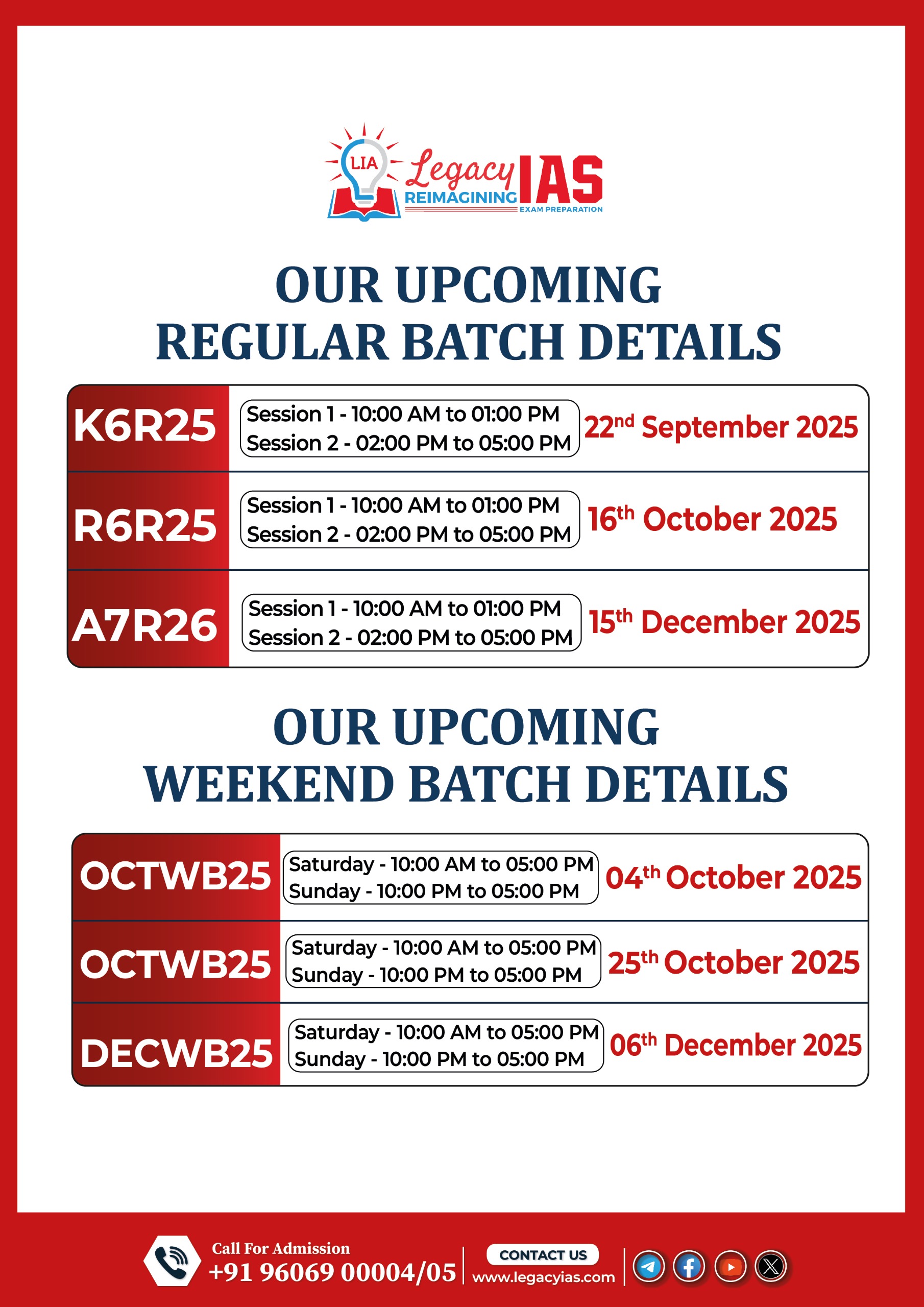Context:
Recently, Ministry of Electronics and Information Technology (MEITY) released a policy proposal titled as, “Draft India Data Accessibility & Use Policy, 2022”.
Relevance:
GS II- Government Policies and Interventions
Dimensions of the Article:
- Draft India Data Accessibility & Use Policy, 2022
- How does the Draft Data Accessibility Policy aim to achieve its goals?
- Issues with the policy
Draft India Data Accessibility & Use Policy, 2022
- The policy aims to, “radically transform India’s ability to harness public sector data”.
- The proposals of the Draft Data Accessibility Policy has been in the spotlight for permitting the licensing and sale of public data by the Government to the private sector.
- Data is a valuable economic and social resource offering enormous opportunities for citizens, businesses, and governments.
- With increasing digitization and engagement, the volume of data is also increasing exponentially, providing opportunities for better governance, service delivery and innovation in sectors critical for societal transformation.
- India’s ambitions of becoming a $5trillion-dollar digital economy depends on its ability to harness the value of data.
- Considering this, the India Data Accessibility and Use Policy aims to enhance access, quality, and use of data, in line with the current and emerging technology needs of the decade.
Objectives
- Maximizing access to and use of quality public sector data
- Improving policymaking, evaluation, and monitoring
- Enhancing the efficiency of service delivery
- Facilitating the creation of public digital platforms
- Protecting the privacy and security of all citizens
- Streamlining inter-government data sharing
- Promoting transparency, accountability, and ownership in data sharing & release
- Building digital & data capacity, knowledge & competency of government officials
- Promoting data interoperability & integration to enhance data quality and usability
- Ensuring greater citizen awareness, participation, and engagement with open data
- Enabling secure pathways to share detailed data sets for research & development
- Increasing the availability of high-value data sets of national importance
- Improving overall compliance to data sharing policies and standards
How does the Draft Data Accessibility Policy aim to achieve its goals?
- The policy will be applicable to all data and information created, generated, collected and/or archived by the Central Government.
- It would also allow State governments to adopt its provisions.
- Its operationalisation will be achieved through the establishment of a India Data Office (IDO) under MEITY for overall management, with each government entity designating a Chief Data Officer.
- In addition to it, a India Data Council will be formed as a consultative body for tasks that include finalisation of standards.
- It is not indicated whether the India Data Council will have non-governmental participation from industry, civil society or technologists.
- The policy strategy is to make Government data open by default and then maintain a negative list of datasets which cannot be shared.
- Definition of more sensitive categories which should have restricted access is left to the independent government ministries.
- In addition to this, existing data sets will be enriched or processed to attain greater value and termed as high-value datasets.
- Government datasets including high-value datasets will be shared freely within government departments and also licensed to the private sector.
- As a measure of privacy protection, there is a recommendation for anonymisation and privacy preservation.
Issues with the policy
Three main issues:
- While adopting the language of open data it strays from its core principle of providing transparency of the Government towards its citizens. There is only one mention of transparency and little to no mention of how such data sharing will help ensure demands for accountability and redress.
- The policy bypasses parliament as it contemplates large scale data sharing and enrichment that will be borne from public funds. Further, the constitution of offices, prescription of standards that may be applicable not only to the Central government, but even State governments and schemes administered by them require legislative deliberation.
- This brings us to the third and final issue of federalism. The policy, even though it notes that State governments will be, “free to adopt portions of the policy,” does not specify how such freedom will be achieved. There is also the absence of any comment on whether data gathered from States may be sold by the Central government and whether the proceeds from it will be shared with the States.
Privacy issues with the Draft Data Accessibility Policy
- India does not have a data protection law that can provide accountability and remedy for privacy violations such as coercive and excessive data collection or data breaches.
- Here, inter-departmental data sharing poses concerns related to privacy since the open government data portal which contains data from all departments may result in the creation of 360 degree profiles and enable state-sponsored mass surveillance.
- Even though the policy considers anonymisation as a desired goal there is a lack of legal accountability and independent regulatory oversight.
- There is also a failure to consider scientific analysis and the availability of automated tools for the re-identification of anonymous data.
- Here the commercial value of the data increases with greater amounts of personal data.
- The absence of an anchoring legislation further leads to the policy not being able to fulfill the threshold of legality for state intervention into privacy which was put in place by the Supreme Court of India in its landmark right to privacy decision.
-Source: The Hindu



